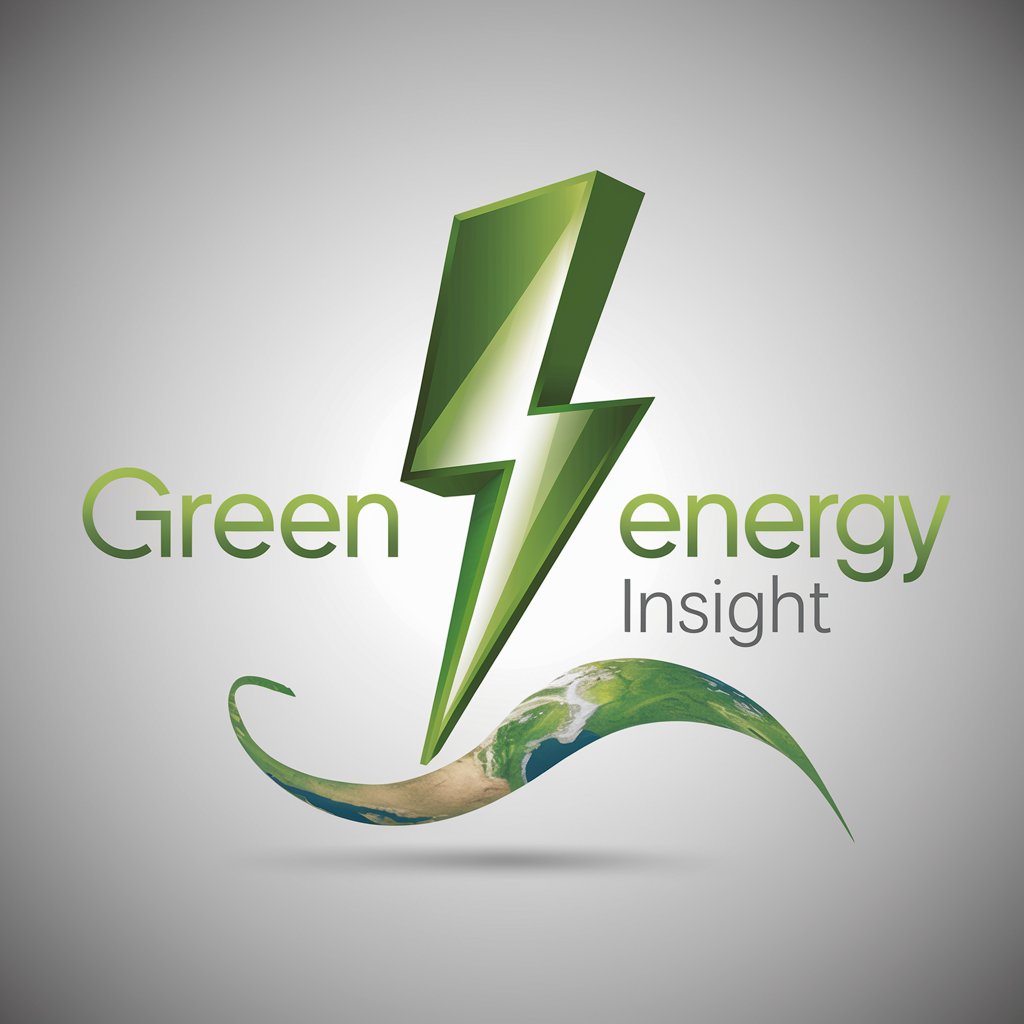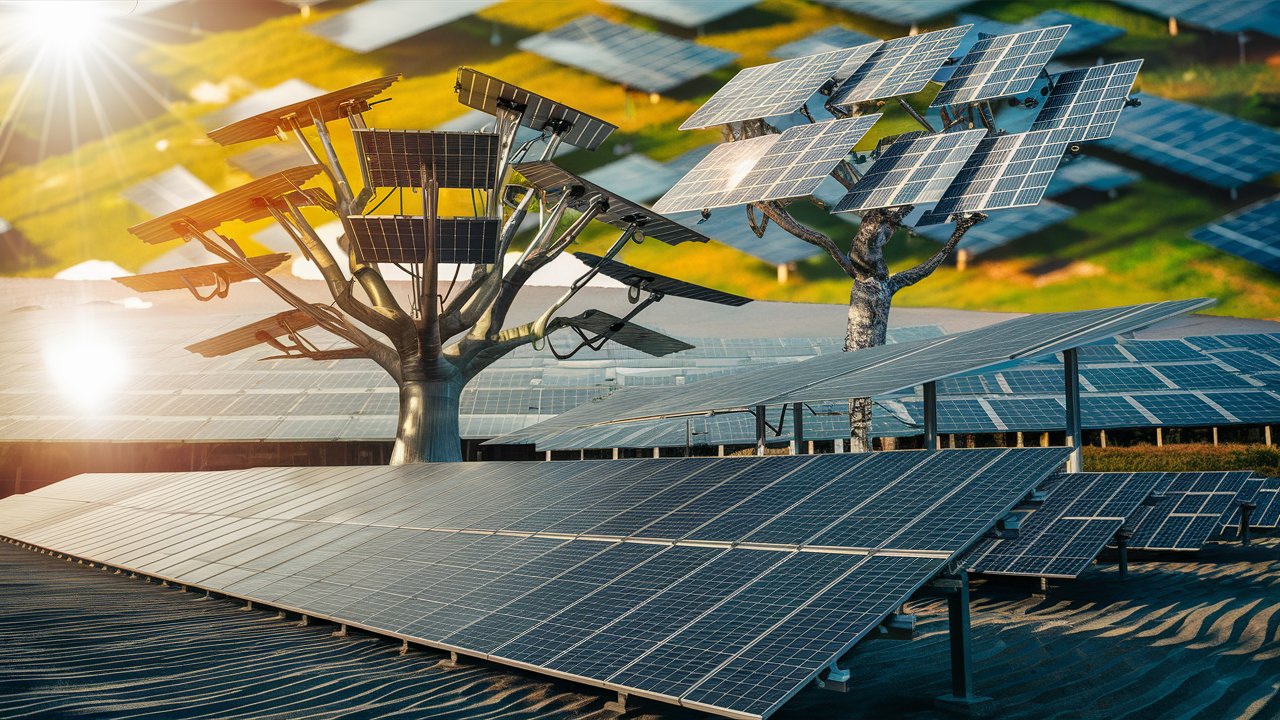Introduction
Solar energy harvesting is the process of extracting energy from the sun and converting it into useful forms like electricity or heat.
This step is necessary to encourage clean energy practices and lessen our reliance on fossil fuels.
Table of Contents
Importance of Harvesting Solar Energy
Harvesting solar energy is crucial for combating climate change, reducing energy costs, and providing a reliable, renewable energy source and deep understanding of renewable energy.
It offers an opportunity to power homes and businesses while minimizing environmental impact.
Methods of Harvesting Solar Energy
1. Photovoltaic (PV) Cells
How PV Cells Work
Photovoltaic cells, commonly known as solar panels, are the most popular method of harvesting solar energy. These cells convert sunlight directly into electricity using the photovoltaic effect.
When light photons hit the cells, they knock electrons loose from their atoms, generating an electric current.
Benefits
- High Efficiency: Modern PV cells have high conversion efficiency.
- Versatility: They can be installed on rooftops, in solar farms, and even in portable applications.
2. Solar Thermal Systems
How Solar Thermal Systems Work
Solar thermal systems use sunlight to heat a fluid, which then transfers the heat to a storage tank or directly to a heating system.
This method is commonly used for domestic hot water systems and space heating.
Types of Solar Thermal Systems
- Flat-Plate Collectors: These are the most common and are used in residential applications for water heating.
- Evacuated Tube Collectors: These are more efficient and used in colder climates due to their ability to retain heat better.
Benefits
- Effective for Heating: Ideal for applications that require hot water or space heating.
- Cost-Effective: Typically less expensive than PV systems for heating purposes.
3. Concentrated Solar Power (CSP)
How CSP Works
Concentrated Solar Power systems use mirrors or lenses to focus sunlight onto a small area, generating high temperatures that drive a heat engine (like a steam turbine) to produce electricity.
CSP is generally used in large-scale power plants.
Types of CSP Systems
- Parabolic Troughs: Use curved mirrors to focus sunlight onto a receiver tube.
- Solar Towers: Use a field of mirrors to focus sunlight onto a central tower.
Benefits
- High Efficiency: Suitable for large-scale power generation.
- Energy Storage: Can be combined with thermal storage systems to provide electricity even when the sun is not shining.
4. Solar Water Pumping
How Solar Water Pumping Works
Solar water pumping systems use solar panels to power electric pumps that move water from wells or other sources. These systems are used in agriculture, irrigation, and water supply applications.
Benefits
- Remote Applications: Ideal for areas without access to electricity.
- Low Maintenance: Solar pumps have fewer moving parts and require less maintenance compared to diesel pumps.
5. Building-Integrated Photovoltaics (BIPV)
How BIPV Works
Building-integrated photovoltaics are solar panels integrated into building materials, such as windows, roofs, or facades.
This method allows the solar energy system to serve both as a power generator and a building component.
Benefits
- Aesthetic Integration: Blends seamlessly with building design.
- Space Efficiency: Utilizes building surfaces that would otherwise be unused.
FAQ
What is the most common method of harvesting solar energy?
The most common method of harvesting solar energy is through photovoltaic (PV) cells. PV panels are widely used in residential and commercial applications to generate electricity.
How do solar thermal systems differ from photovoltaic cells?
Solar thermal systems convert sunlight into heat for applications like water heating and space heating, while photovoltaic cells convert sunlight directly into electricity. Solar thermal systems are more suitable for heating applications, whereas PV cells are used for electricity generation.
Can solar energy be stored for use at night?
Yes, solar energy can be stored using batteries or thermal storage systems. Battery storage systems store excess electricity generated during the day for use at night or during cloudy periods. Thermal storage systems retain heat for use in heating applications.
Are solar panels effective in cloudy or rainy weather?
While solar panels are most efficient in direct sunlight, they can still generate electricity on cloudy or rainy days, though at reduced efficiency. Modern solar panels are designed to perform well even in less-than-ideal weather conditions.
What are the environmental benefits of harvesting solar energy?
Harvesting solar energy reduces reliance on fossil fuels, which helps lower greenhouse gas emissions and air pollution. It also promotes the use of renewable resources, contributing to a more sustainable and eco-friendly energy system.





Leave a Reply